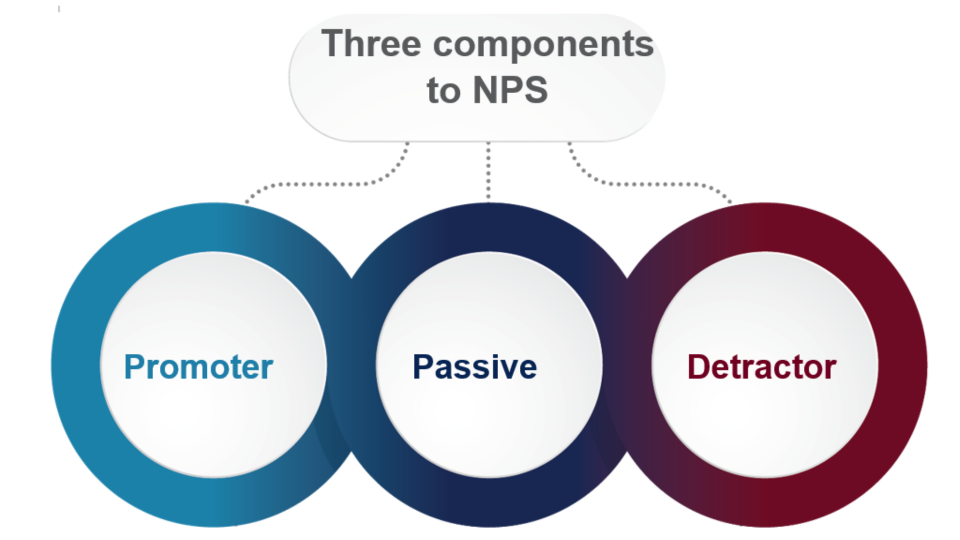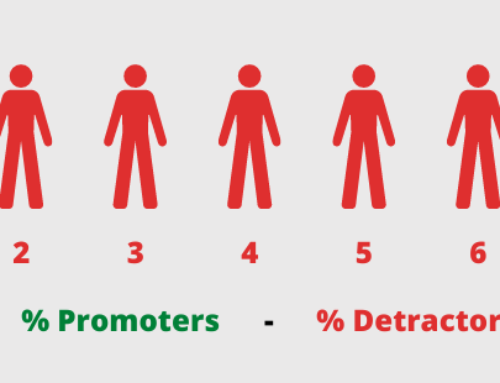Employee Net Promoter Scores can give you valuable insight into how engaged your employees are and how likely they are to refer others to work for you. Net Promoter Scores (NPS) have historically been used as a customer loyalty metric, developed in 2003 by management consultant Fred Reichheld of Bain and Company. The objective was to determine a clear and easily interpretable customer satisfaction score which can be compared over time or between different industries. EDWC uses this customer feedback approach along with thousands of other companies around the world.
Using NPS to Measure Employee Engagement
Aren’t employees’ customers for whom we often make assumptions about loyalty and engagement? Sure, many customers do employee surveys using numeric scales, but we have taken it another step and applied those NPS concepts to measuring employee loyalty and engagement. We use the same 0-10 scale as customer loyalty surveys but have developed a series of questions that examine:
We have successfully implemented these programs for over twenty companies in Washington County.
Components of Net Promoter Scores

There are three levels of satisfaction or dissatisfaction within the NPS approach.* They are:
1. Promoters: People who respond with a nine or a ten are signaling that their lives have been enriched by their relationship with your organization
2. Passive: People who give the company a seven or an eight got what they paid for, nothing more.
3. Detractor: And then there are the people who give a rating of six or below. Their score indicates that their lives have been diminished by their dealings with your organization.
*Definitions excerpted from Question 2.0 by NPS creator Fred Reichheld 2011
Benefits of eNPS to an Organization
Employee NPS helps you gauge overall employee and engagement. The surveys take little time to complete and help overcome survey saturation of employees.
The key benefit to measuring employee engagement is increasing employee retention and referrals. By measuring NPS along with other HR metrics, organizations can put together action plans that address the topics employees identified as important to their remaining with the organization, which prevents high rates of attrition. Mitigating these obstacles increases the likelihood that employees will refer others for positions within your organization.
Customer Testimonials on eNPS
“You and your team have been consummate professionals with whom to work and one of the best consultant experiences we have had. Our Board found your (eNPS) proposal to be both creative and spot on. Participating companies (17 organizations) have given HADC positive feedback on the resulting work products, finding them valuable and practical to our initiative. The HADC project management team appreciated the flexibility and responsiveness you showed to our needs.”
Tom Hostad, Executive Director Hartford Area Development Corporation
“EDWC has been great at helping us fine tune our efforts to attract workers, causing us to pay attention to some opportunities we weren’t previously considering.”
Patrick McMahon, President, McMahon, and Company
Learn more about reaping the benefits of clear, honest, and confidential feedback from your staff.






